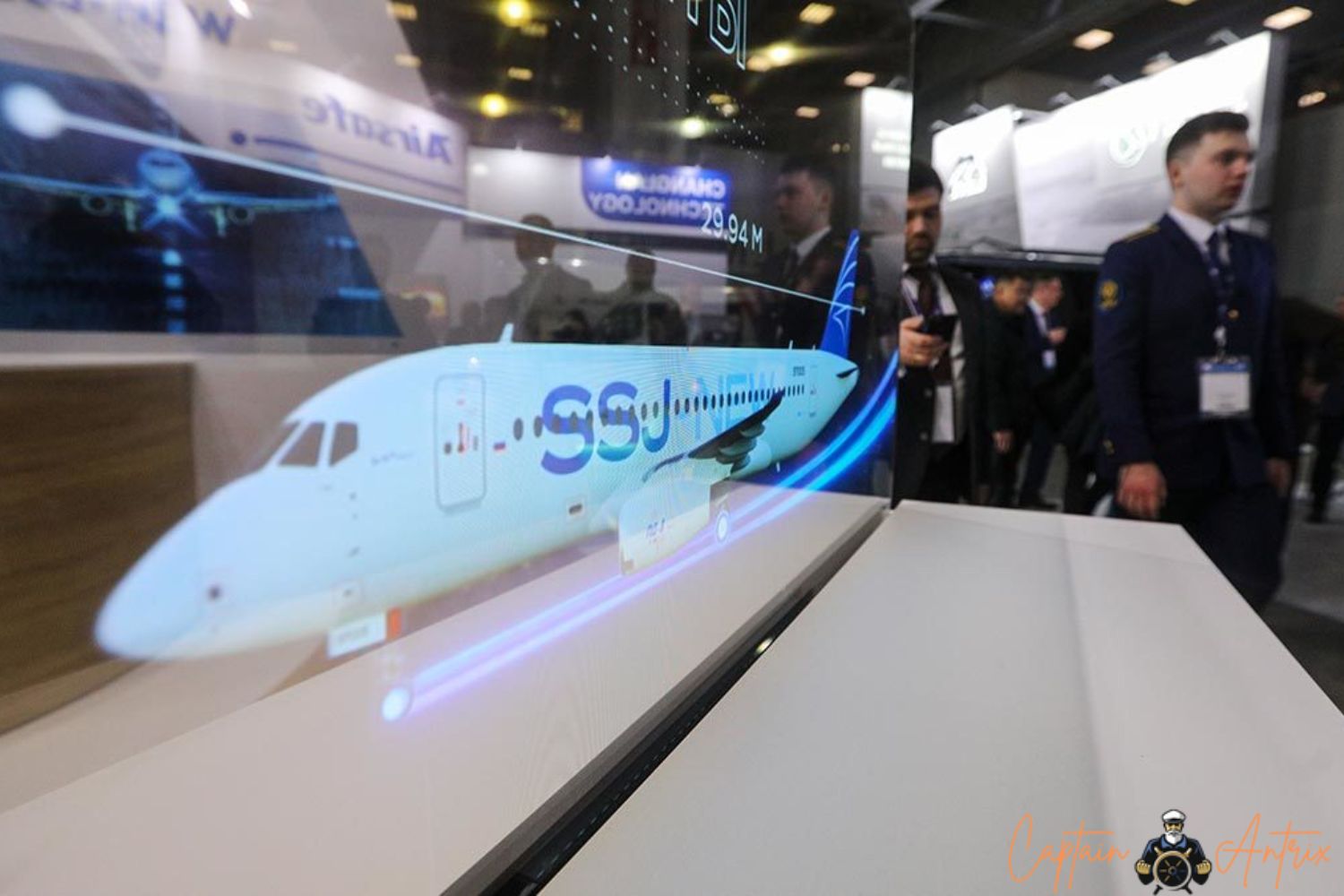
In a recent interview with the "Russia-24" television channel, Yuri Slyusar, the CEO of United Aircraft Corporation (UAC), delved into a fascinating possibility that could propel India's aerospace industry forward. The conversation revolved around the potential commencement of SSJ 100 aircraft production at India's Hindustan Aeronautics Limited (HAL) factory.
Slyusar highlighted the HAL factory's impressive track record of manufacturing combat aircraft for the Indian Air Force, including the production of over 270 Su-30 aircraft. He underscored the factory's valuable assets - a solid foundation, skilled workforce, advanced equipment, and well-refined processes. With these factors in place, Slyusar expressed optimism about the prospect of initiating SSJ aircraft production for the Indian market in a relatively short span.
Currently, negotiations are underway between UAC and their Indian counterparts. Interestingly, Slyusar pointed out that these discussions might prove more advantageous for India. While UAC continues to produce the Russian Superjet, India could witness a substantial technological leap through this potential collaboration.

Back in February, Slyusar hinted at ongoing discussions between UAC and India, indicating the localization of SSJ 100 production and possible collaboration on the Il-114 and MC-21 programs. Coincidentally, on the same day, UAC's chairman shared news of the upcoming inaugural flight of an upgraded version of the SSJ 100 aircraft, constructed locally. This significant event is scheduled for September, featuring tests with the domestic PD-8 engines.
Interestingly, the market for smaller aircraft like the SSJ-100 lacks players like Boeing and Airbus. This void has been filled by Brazil's Embraer, known for its E190 aircraft. However, Embraer's dependence on Western countries for crucial components, particularly engines, has opened doors for potential collaboration.
India is already making strides in exploring options for regional aircraft. Notably, discussions with Brazil's Embraer have led to the unveiling of a prototype for a Regional Transport Aircraft (RTA), designed by the National Aeronautics Limited (NAL). This move aligns with the challenges posed by shorter runways at smaller airports, where Airbus and Boeing face limitations in taking off and landing.
Indian airlines like IndiGo and SpiceJet have already embraced regional aircraft, incorporating ATR 72-600s and De Havilland Dash-8 Q400 turboprops. Additionally, Hindustan Aeronautics is contributing to this landscape with the production of a 19-seat Dornier 228 regional aircraft for Alliance Air. Collaborations between Embraer and Sukhoi are anticipated to create a robust regional aircraft solution, addressing the current gaps and pushing India's aerospace capabilities to new horizons.
